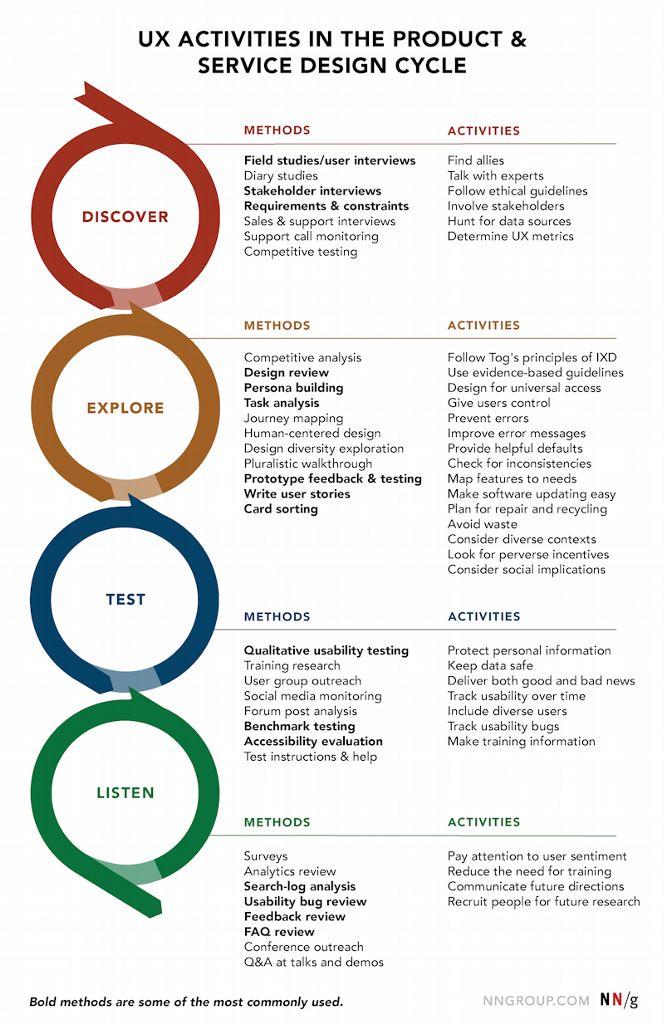I have just spent some hours taking the spiderwebs from my #HCI researcher persona. That is because I am going to teach again one of my favorite courses ever: The Prototyping Studio at the #MHCID Masters at UW.
You know, most of the time, academic knowledge is so far away from the general public. But in the case of the now-called #UX #Design space, the industry has always partnered with academia to create better interactive products.
But, as a #geek and #builder, one of my favorite facets of this design process is the bias towards action: contact people, explore ideas, build and test stuff, and go again. It is actually very humbling to recognize that those "genius" ideas we have are likely far from the best way to approach real-world problems.
Try it yourself: Next time you are excited about an idea, instead of just building right away, sketch on paper -- yes, ugly and cheap drawings -- how your thing works. Now, most importantly, go show them to a bunch of people, get the talking, and take notes. NOPE, don't try to defend your precious design: The challenge is to get back home and explore the ways you could pick on all those human brains and make the thing even better.
Now repeat!
What an impressive set of #tech #design principles Nathan Schneider presents as the framework for his "Governable Spaces" book (https://nathanschneider.info/books/governable-spaces/):
-
Aníbal Quijano: "...search for holistic cross-cultural knowledge that welcomes difference and refuses domination;
-
Arturo Escobar: #pluriversality "...no single design can serve all people... design as an exercise in historical consciousness and multiplicity" and #decoloniality "a form of resistance to being designed from elsewhere."
-
#DesignJustice: "design must occur through rigorous accountability to the people whose lives it will shape."
... and more!

